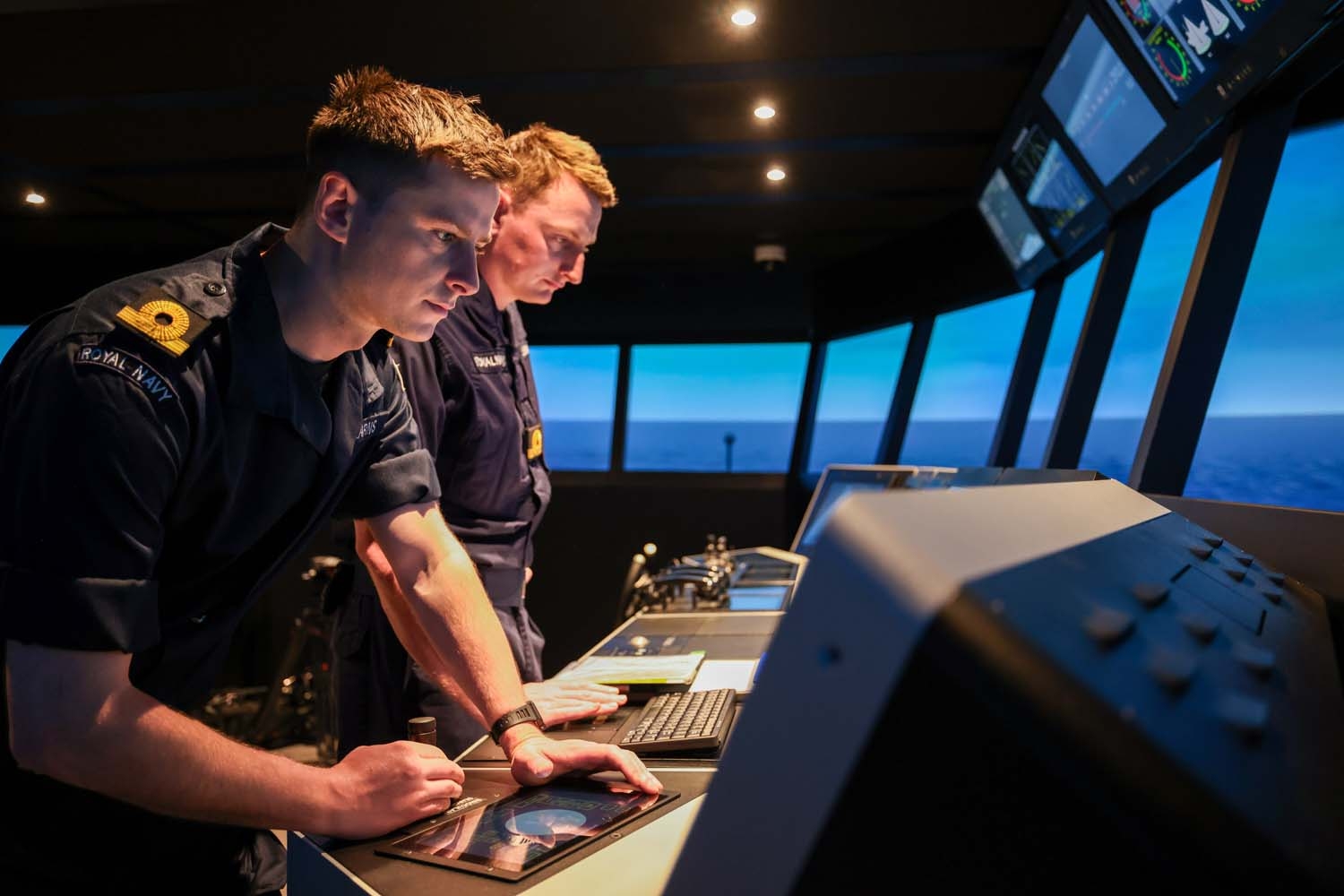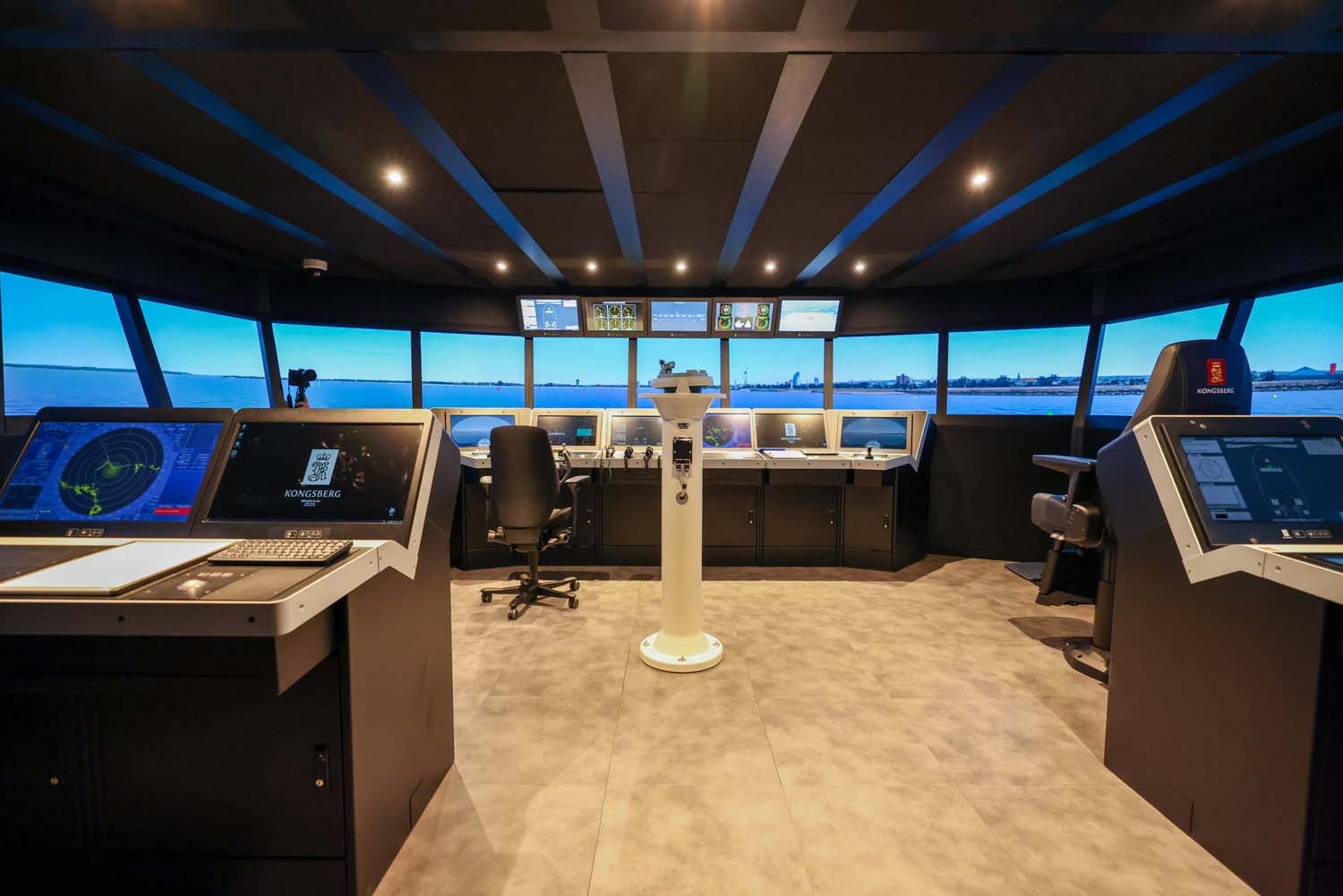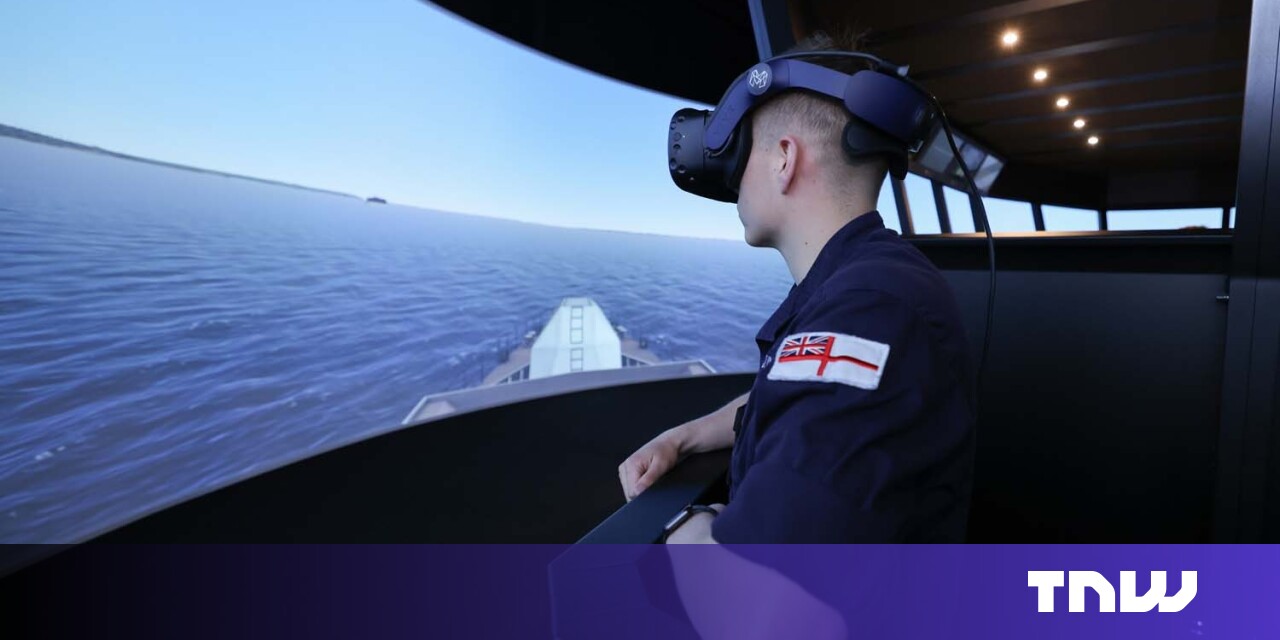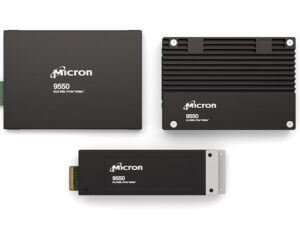At three UK military training locations, the Royal Navy has now implemented Virtual Reality (VR) simulators.
Developed by the Portsmouth-based company Metaverse VR, these simulators offer a realistic experience of operating the control room of a warship, akin to navigating from an aeroplane’s cockpit.
These innovative simulators are expected to expedite and enhance the realism of sailor training.
Trainee warfare officer, Stephen Smallman, 28, shares, “Entering the simulator feels as though you’re really stepping onto a warship’s bridge. The immersive environment significantly heightens the reality of training scenarios.”

Digital bridge simulators have been a part of Royal Navy training for many years, employing technology from the early 2000s. “Although effective, the old simulators lacked a sense of presence, making it obvious you were merely in a simulated setting,” Smallman recounted.
HMS Collingwood, a warfare school in the south of England, is now home to five VR simulators, including two advanced “full-mission” versions with expansive digital displays and three more compact, gaming-like setups.
Significant Advancement in Training
Diving into VR, sailors enter a three-dimensional world, able to virtually look overboard and observe waves crashing against the ship’s hull.
These immersive scenarios allow for practice in navigation, resupply missions, and docking, with the ability to simulate challenging weather conditions for risk-free learning.
All training exercises can be recorded and reviewed, facilitating detailed feedback and learning.

“The upgrade to these simulators marks a pivotal improvement, especially in after-action reviews, greatly benefiting navigator and bridge team training,” says Lieutenant Commander Gavin Lowe, a previous user of the first-generation simulators.
The remaining simulators are shared between the Britannia Royal Naval College in Dartmouth and a new facility in Faslane, Scotland.
A total investment of £27 million (€31 million) was made in this cutting-edge simulation technology.
Besides these simulators, the Royal Navy has also integrated advanced defensive technologies such as autonomous minehunters and electronic warfare systems. Futuristic DragonFire laser weapons are also expected to be onboard from 2027.




